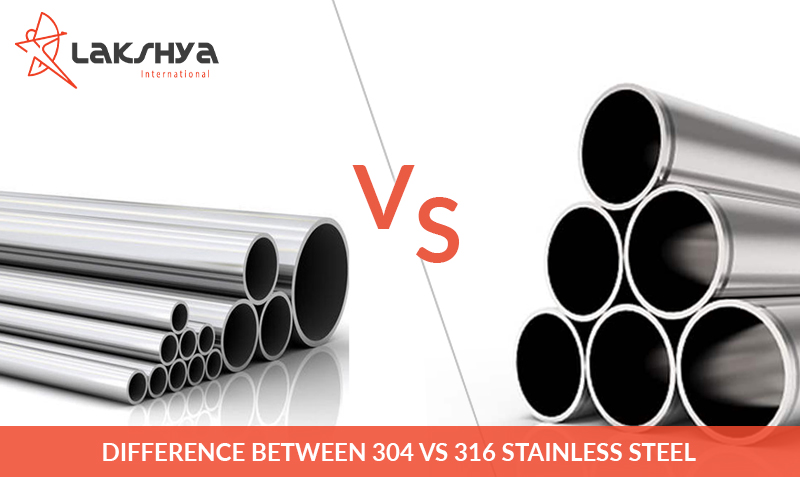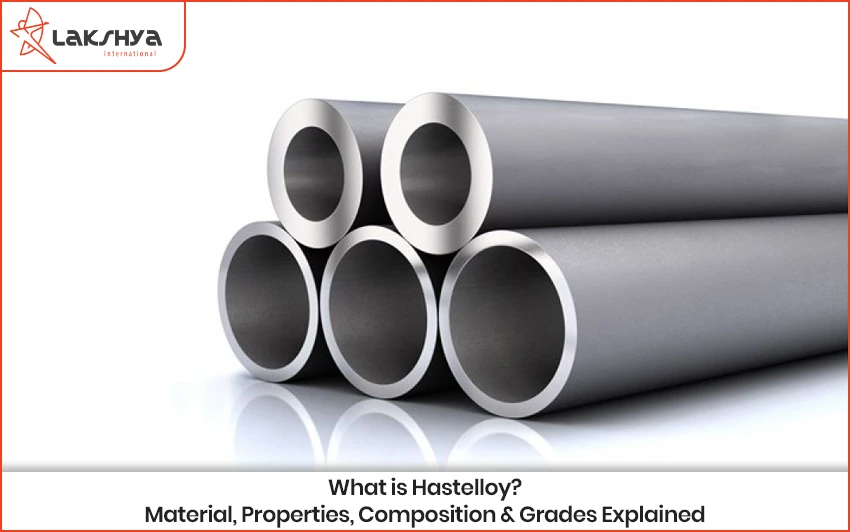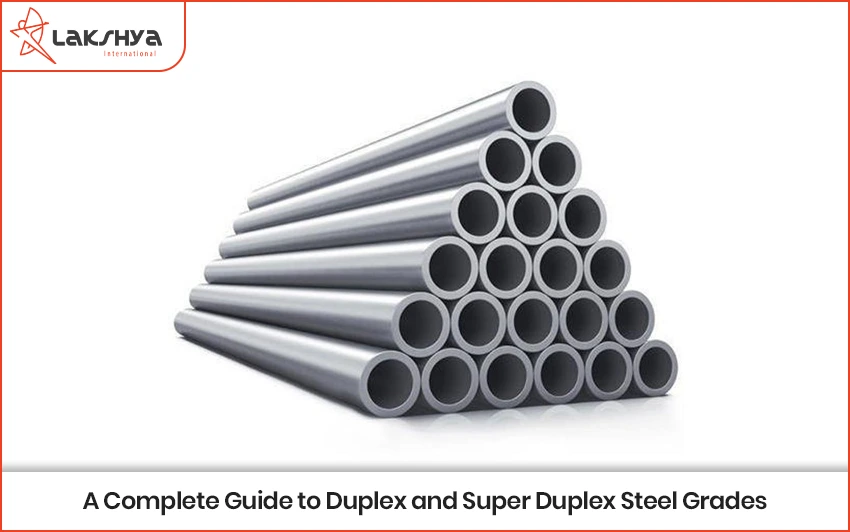What is Stainless Steel?
Every steel variety shares the fundamental marriage of iron and carbon in its composition, yet within the realm of stainless steel, an abundant infusion of chromium takes centre stage—a secret ingredient bestowing upon stainless steel its renowned shield against corrosion.
Diverse echelons and categories of stainless steel grace the landscape, each bearing a subtle nuance in its alloy symphony. These alchemical distinctions forge a tapestry of distinct physical attributes.
A minimum chromium content of 10.5 percent stands as a prerequisite for steel to earn its “stainless” moniker. Depending on the pedigree, this alloyed marvel might boast heightened chromium proportions, along with the company of ancillary accomplices such as molybdenum, nickel, titanium, aluminium, copper, nitrogen, phosphorous, or even the elusive selenium.
Difference Between stainless steel 316 and 304
Although 304 and 316 stainless steel may appear indistinguishable to the naked eye, their true disparities lie concealed within their atomic recipes. At the heart of their dissimilarity rests the pivotal variance in their elemental compositions. The alchemy of 304 stainless steel is delicately composed of 18% chromium and 8% nickel, weaving a unique tapestry. In stark contrast, the genetic blueprint of 316 stainless steel unfolds with 16% chromium, 10% nickel, and an intriguing 2% infusion of molybdenum, adding a dash of distinctiveness. These elemental disparities, akin to hidden orchestrations, play a symphonic role in delineating the divergent paths these stainless steel grades tread, ultimately dictating their destined roles in the grand choreography of industrial application.
304 Stainless Steel Properties & Applications
A prevailing preference across the world resides with grade 304 stainless steel, reigning supreme for a multitude of compelling reasons:
Embracing resilience, SS 304 boasts an innate ability to stave off corrosion and oxidation, thereby exhibiting commendable endurance against typical exposures.
Its mettle is truly tested as it gracefully navigates a fiery range of 2,550° F to 2,650° F, a testament to its capacity to brave scorching temperatures without faltering.
Aptly adorned with a robust tensile strength measuring approximately 621 MPa (90 ksi), the prowess of 304 remains indisputable.
The chemical symphony composing aisi 304 stainless steel, orchestrated by an 18% chromium and 8% nickel composition, propels it into the limelight as an astute selection for a myriad of commonplace applications, a few of which encompass:
- Kitchen appliances and utensils
- Food processing equipment
- Automotive components
- Architecture and construction
- Medical instruments and implants
316 Stainless Steel Properties & Applications
304 SS and 316 SS may share a spectrum of traits, yet it’s the augmented attributes that truly distinguish 316 stainless steel.
Incorporating molybdenum into the chemical composition of 316 engenders a heightened ability to defy malevolent acids, alkaline substances, and the corrosive menace of chloride pitting. This infusion elevates its lifespan and confers vital safeguarding upon pivotal constituents.
Boasting an elevated proportion of chromium and nickel, characteristic of the austenitic family of stainless steel alloys, 316 exhibits amplified tenacity and an enhanced ability to endure corrosion within some of the most unforgiving milieus.
The material constitution of SS 316, consisting of 16% chromium, 10% nickel, and a 2% infusion of molybdenum, grants it the privilege of serving in realms necessitating unparalleled resilience against corrosion, coupled with exacting standards of hygiene and purity. Its applications span a diverse range, with some of the most prevalent instances encompassing:
- Marine equipment and hardware
- Chemical processing equipment
- Pharmaceutical and medical devices
- Coastal architectural elements
- Heat exchangers and condensers
Benefits of Using 316 Stainless Steel
In situations where the embrace of salt and assorted chlorides is a factor, and where the enduring resilience factor is a sought-after quality, the merits of opting for 316 stainless steel as opposed to its 304 counterpart become distinctly evident.
Durability
More than just unyielding, 316 stainless steel embodies adaptability, making it an unparalleled selection for endeavours like crafting tailor-made wire baskets. These receptacles frequently brave the storm of unforgiving, intense circumstances, and the unswerving tenacity of 316 stainless steel persists unwaveringly within these realms, unfaltering and resolute, as time unfolds its chapters.
Corrosion Resistance
The infusion of molybdenum into the DNA of Aisi 316 stainless steel imparts a remarkable shield against corrosion, a feat unparalleled by its 304 counterparts or any other brethren of stainless steel. This metallurgical wizardry empowers 316 to gallantly venture where lesser metals falter, thriving amidst the caustic embrace of acidity that leaves its peers battered and bruised. Moreover, 316’s armour of corrosion resistance renders it a vanguard in the realm of pharmaceutical and medical domains, standing resolute against the relentless onslaught of potent disinfectants and scorching temperatures, prerequisites for the sacred act of sterilizing equipment.
Sea and Marine Applications
The encounter with salt and chlorides can unleash chaos upon 304 stainless steel and its companions in the realm of alloys. The touch of salt has the power to induce rust upon the once-protected oxide layer of 304 stainless steel, rendering it vulnerable to decay. Furthermore, the influence of salt and chlorides can carve out pits with greater ease upon the surface of 304 steel. However, emerging from the metallurgical crucible is 316 stainless steel, endowed with all the coveted attributes of its 304 counterpart, yet graced with an additional guardian in the form of molybdenum. This newfound protector empowers 316 stainless steel to defiantly withstand the onslaught of salt and chlorides, emerging unscathed from their corrosive embrace.
Lakshya International Stainless Steel Products
Whilst 316 stainless steel encompasses not only the advantages inherent in 304 stainless steel but also bestows a plethora of supplementary merits, the crux of the matter revolves around the specific attributes requisite for a given purpose.
No matter what your requirements for stainless steel may be, at Lakshya International, we take pride in providing an extensive selection of stainless steel products, available in a diverse range of grades and sizes. Discover our comprehensive range of stainless steel items, feel free to request a personalized quote, or get in touch with us to learn more about how our top stainless steel offerings and unparalleled customer service can propel your business to new heights.
Learn more: Schedule 40 vs Schedule 80 Pipe : Difference




